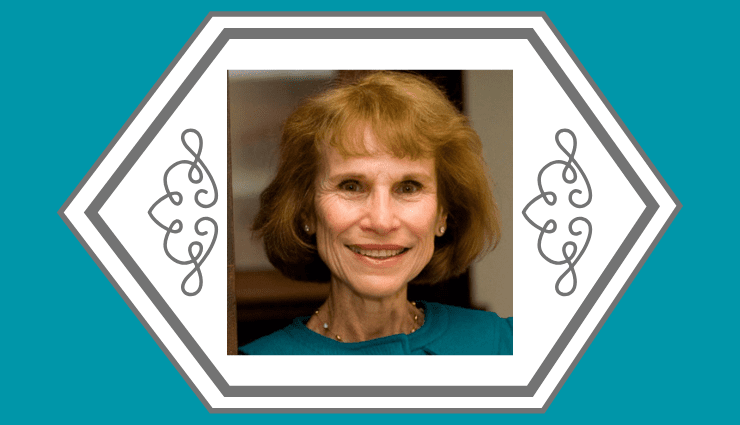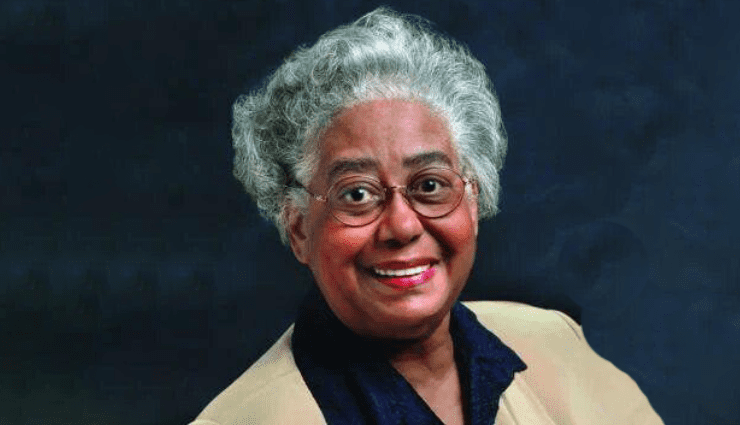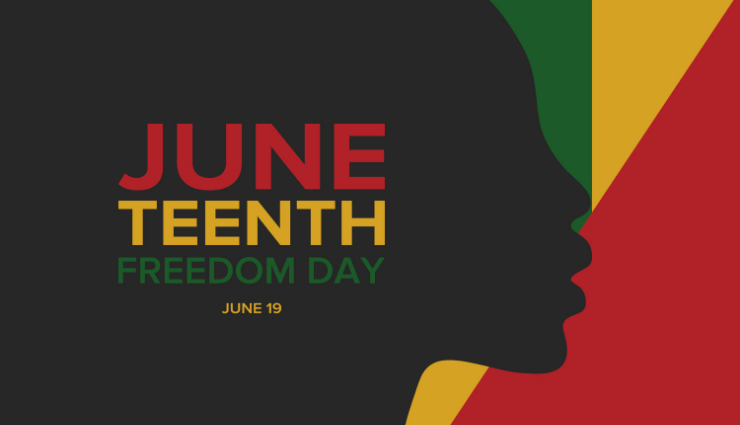Pearl Rock Kane and the Future of Education

At the end of February, the independent school world lost one of its greatest champions and allies, Pearl Rock Kane. Pearl had been a teacher at The Dalton School early in her career, but she is best known for her nearly 40 years as the phenomenal director of the Klingenstein Center at Columbia University’s Teachers College. The program was established to serve the independent school community. What started as a single program evolved under Pearl’s leadership into five separate ones: three master’s programs in independent education, a summer institute for early-career teachers, and a heads of schools institute. Collectively, the programs have more than 4,000 alumni in 65 countries — and arguably have had a larger impact on independent education than any other program.
For all of her work, Pearl has been described as a major force in education. I agree. But it was a rare kind of force — one that both pushed educators to be their best professional selves while instilling a deep collegial confidence. With Pearl, you not only knew you were going to work hard but that you’d also succeed in becoming a better educator.
I first met Pearl in the mid-1990s when she showed up in my office at NAIS to introduce herself. I was the newly appointed editor at Independent School magazine, and she stopped by to talk about a few articles she was interested in writing — and to make sure I was well aware of the Klingenstein Program. Pearl had what I can only describe as a polite intensity. She was slight woman with a soft voice, but she led our conversation with a combination of knowledge and conviction — underscoring the need for certain topics to be covered and for Pearl to be a contributor. So I did what any new editor would do. I said, “Yes, absolutely. Let me know what you’d like to write and we’ll publish it.”
But, in truth, I already knew that Pearl could write well and that she understood the education landscape as well as anyone. As Independent School’s associate editor, I had already admired Pearl’s article titled “The Privatization Movement,” in which she presciently described the changing education landscape — noting the rise of charter schools, for-profit education management companies, and for-profit schools. The piece was mostly straight-up reporting, leveraging all the available research, but Pearl injected it with her own observations and saw clearly the tensions our education system, public and private, would soon face. “The choice to embrace privatization, or to reject it,” she wrote, “and the response on the part of schools and districts to the proliferation of private options, may change the course of education history.” That was 1995. She was right.
During my time as editor, Pearl would write or co-write six more articles. The first, in 1998, anticipated the school leadership changes we’ve seen take hold in this century. While she admired Frank Boyden — the famed, longtime head of Deerfield Academy who was the subject of John McPhee’s “The Headmaster” — she didn’t see Boyden as a useful model at the turn of the century. Rather, she argued for school leaders with strong personal qualities and clear core competencies and skills. The qualities include integrity, caring, emotional intelligence, and self-awareness. The skills include craft knowledge, team building, collaboration, people management, community involvement, political astuteness, and skills in conflict resolution. She also argued that heads of school need specific attitudes for successful leadership, including commitment, continuous improvement, an understanding of diversity and inclusion, and the ability to build what she described as “intraorganizational alliances.”
The latter insight was particularly timely. Pearl felt that the independent school leaders of that era were too insular. She was pushing for school leaders to share effective ideas and practices widely, to create networks among schools, to stop thinking of each school as a kind of stand-alone cottage industry. “To be on the forefront of education,” she wrote, “independent school leaders will need to encourage pooling resources to share knowledge of successful practices and to investigate problems and concerns of common interest.”
Today, this kind of leadership collaboration is more the norm. In fact, I’d argue that the willingness of school leaders and teachers to collaborate with colleagues in other schools is now not only necessary but also one of the clear strengths of the independent school community.
In this century, Pearl collaborated with Alfonso J. Orsini in writing an influential article on “Attracting and Retaining Teachers of Color,” in which they reported on a Klingenstein Center and NAIS study that surveyed both teachers of color and placement agencies. The article highlighted the distressing statistics about the low numbers of teachers of color in independent schools. But it also offered valuable insights into how schools can both attract and retain teachers of color, which they later developed into an influential book of the same title. Among their core recommendations were these now-accepted practices in schools that desire a diverse teaching staff:
- Enroll a critical mass of students of color;
- Re-think the conception of the ideal independent school teacher;
- Be more aware of the inordinate demands being placed on teachers of color;
- Reevaluate the climate and culture of the school so it’s truly welcoming and supportive of teachers of color.
I’m sure Pearl would argue today that the percentage of teachers of color in independent schools is still far too low. But we also know that schools that are having success hiring teachers of color are taking the steps Pearl outlined here.
With her sharp focus on school leadership, Pearl collaborated with Lisa Darling, then head of Wilmington Friends School, on an article titled “Learning the Pedagogy of Change.” Here, they outline ways to address major concerns of independent schools over the past decade. With all the changes in society, schools must adapt and change, they argued. And to change, schools need leaders who can guide schools through the often rough and complex process. What I love about the article is their focus on growth, which suggests something more hopeful than change. They highlight the qualities of growth on both the personal and institutional level. They outline key barriers to change (the resistance!) and how to overcome these barriers. Channeling Malcolm Gladwell’s “The Tipping Point,” then a brand-new book, they also offer advice for leading change at every level. The result is a description of a well-functioning school community that embraces change because it values both individual and institutional growth. It is part of the DNA of excellent schools today.
Pearl would go on to collaborate on an article that pushes schools to revitalize their public mission and another on understanding the valuable role of administrators of color. In 2015, she returned to the topic of change leadership, but this time with an eye on both the national and international school landscapes.
At every turn, Pearl had her finger on the pulse of the independent school world, recognizing its major challenges and seeing a path forward. As editor of a magazine on education, I was forever grateful to her for her writing. But I also came to value her friendship over the years, too. She would invite me to Klingenstein events and reunions so we could talk about issues in education and she could connect me to Klingenstein graduates she thought I should know. Many of them, of course, contributed to the magazine over the years.
When I was involved with the making of documentary film about a school for students at risk of dropping out, we had early showings in various cities. For the New York event, I invited a number of educators I know. Most were too busy that evening. But Pearl came. After the film, we talked a while, but then she excused herself and hurried off to talk with the principal who was spotlighted in the film. I remember watching her move in close, hold out her hand, introduce herself, then lean in to start another deep conversation on the art and challenges of leading a school.
As they conversed, I remembered her oft-repeated mantra, “Leadership is a behavior, not a position.” True to form, with polite intensity, Pearl was demonstrating her leadership behavior again — setting in motion one more ripple that would help change the world for the better.
I will forever hold that image in my mind.
Michael Brosnan is an independent writer and editor with a particular interest in education and social change. His latest book of poetry, “The Sovereignty of the Accidental,” was published by Harbor Mountain Press. He can be reached at michaelbrosnan54@gmail.com.








